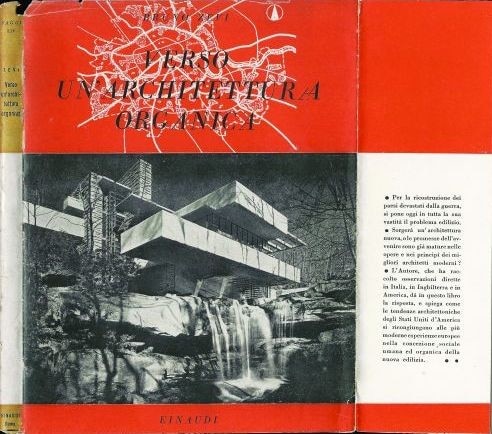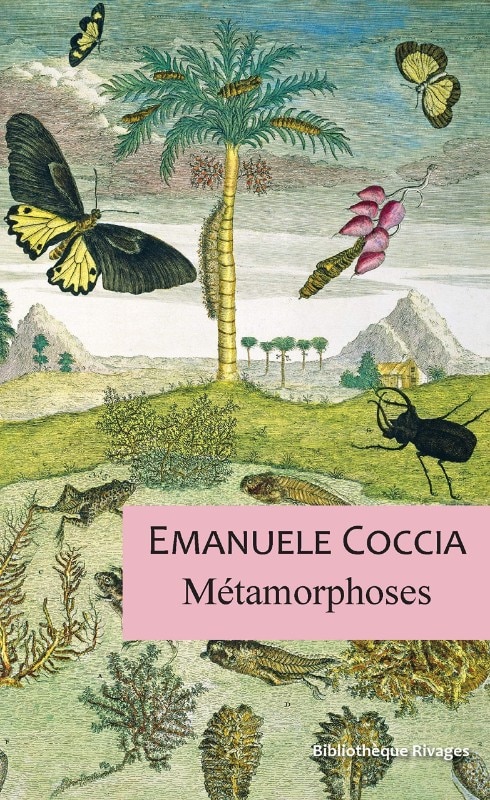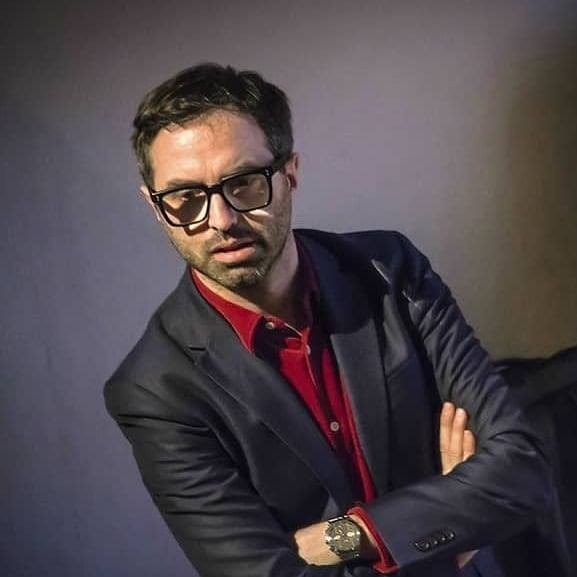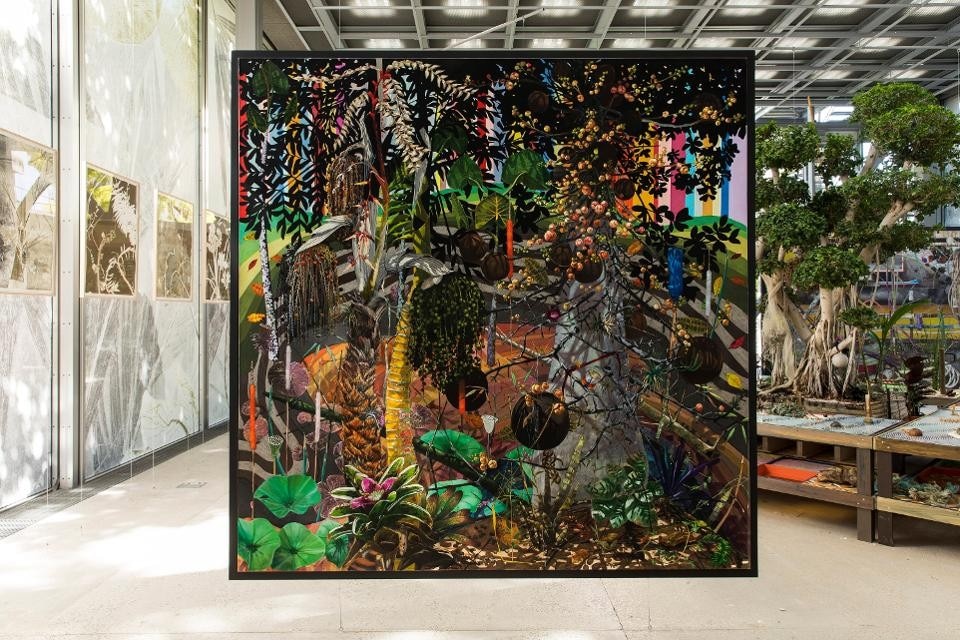Of all the new Italian-turned-Parisian philosophers of our times, like Michele Spanò or Caterina Zanfi, Emanuele Coccia is the most anticlassical: he teaches at the École des hautes études en sciences sociales but often holds seminars and conferences on fashion and plants. He published the first edition of his books in the prestigious “Bibliothèque Rivages” series directed by Lidia Breda, alongside the books of Giorgio Agamben, who was his teacher, and other classics by Jean-Luc Nancy, Günther Anders, and Hans Jonas. His works were immediately translated in several languages. During the coronavirus lockdown, there was a kind of competition between magazines and institutions, which wanted to organize Instagram lives with him, so much so that we managed to get in touch with him only on Saturday morning, while he was going out for a walk: “I prefer to do an interview about architecture while walking around the city, instead of being home”. Lately, he has written an essay where he specifically addresses the theme of the house. According to him, the coronavirus “has forced humanity to begin a strange experiment of global monasticism: we are all anchorites who retreat into our private space and spend the day murmuring secular prayers. [...] Everything has become home. And this is not at all good news. Our homes don’t protect us. They can kill us. You can die of too much home”. Massimo Cacciari has gone one step further, stating that “our homes are hell”, while Coccia talks about the violence of the house, turning his attention more to objects than to the internal space of architecture: “We only ever inhabit things. [...]The objects prevent us from clashing with the square, perfect, geometric surface. Objects defend us from the violence of our homes”.

What do you mean when you talk about the violence of our homes?
I think there is a profound misunderstanding about the nature of the house and at least two other forms of violence. The first is in insisting on considering the house only as a spatial fact, when it is in the first place a moral fact. The house is an investment we make in a portion of the world that we have decided produces happiness, it is not just an architecture, and it is not even a personal matter, because it also concerns our loved ones. Happiness is not a psychological fact: either you change your world, or you die. Architecture thinks that manipulating space is enough to achieve happiness, but it is not like that. For example, objects remind you that the house is not a mere shell, but a set of moral ingredients that can make happiness possible. It’s not just a parallelepiped that you build. Compared to those who think it is only a matter of Euclidean geometry or functionality, there is still a long way to go.
The monastic dimension is at the very basis of modern architecture:in 1907, Le Corbusier first thought about the machine à habiter after visiting the monk’s cells of the Certosa d’Ema monastery near Florence. How can we overcome this conventional way of conceiving the home?
It’s complicated, but let’s think of urbanistic thinking, which is so rich and articulated. The literature on this subject is extensive, while the reflection on the home, on how to live together with our loved ones and objects, or even the reflection on eros as a link that shapes the material world and not only the social one, isn’t enough. The level of roughness with which this theme is addressed, when it is not totally ignored, becomes violence. For example, who decided that a couple living together only needs a bedroom, and why? Why do we have to adapt our lives to the petit-bourgeois geometries of the houses, and cannot design our homes according to the way we experience love, without ever ceasing to change them while living in them? The problem with our houses is that they reflect a past moral universe that has now become obsolete - the 19th century romantic ideal. The alternatives to this conventional violence aren’t many: maybe Charles Fourier with his phalansteries, and some social utopias like (partially) the kibbutz. But it is wrong to think that it is a matter of utopia: to improve our homes, above all, a new sentimental education is needed. A sentimental education which allows us to think that love for others and for things must be studied for years. Our problem is that we stop at the moment in which we fall in love, and we never try to imagine what it means to share a life with someone for years. But without this, it is difficult to turn houses and cities into really livable places. We are sentimental illiterates, maybe with a good sex education, but can’t find a balance.

I think that the crisis of sociality was already present long before the coronavirus outbreak. I think of the absurd rules forbidding to play football in Italian squares or to eat a sandwich in public gardens... It’s a long story, but certainly life in the cities is always less and less tolerated everywhere.
Yes, urban planning finds itself having to create horrible situations because people are no longer able to live together. The cities, especially smaller ones, become the landfill where to throw all personal frustrations. That’s why every metropolis is beautiful, because it is always available to welcome and absorb you, protecting you from the hell that is our home.
Architecture is now becoming your main interest, isn’t it?
Yes, that’s right, last year I collaborated with LAN (Benoit Jallon and Umberto Napolitano), now I’m working on a book by Stefano Boeri that will be published in French, I’m writing about the works of landscape architect Bas Smets and I’m also working on a new book for Einaudi about the home. Actually, when I was 14 years old, I went to visit my aunt, which was an architect. In her house in Sicily, I discovered and read everything about Bruno Zevi. This was a fundamental experience, I still remember the cover of the book with the house on the waterfall, the organic architecture, the anticlassical code and so forth.
Your daughter was born in 2015. Since then, something in your approach has changed, you’ve started an investigation into the world and its most mundane aspects, such as architecture and the universe of plants.
The birth of my daughter was an important moment, but this doesn’t mean that I’ve rejected the world in which I lived before. Let’s say that I thought it was necessary to look at it from afar. I spent many years in libraries and archives, which are a sort of attic, or garbage can if you prefer, full of remains, the remains of other people’s lives, and we are used to wearing their clothes... after all, we all were born in these attics, full of used clothes, books and incomprehensible maps, but at some point we find the door to get out. We all spend a lot of time in these spaces (prejudices are after all oral forms of these archives) because it is only in this way that everyone finds his own way.

Your latest book, Métamorphoses , seems to me to be the one that most biographically resembles you, in this disciplinary and personal metamorphosis.
Yes, it is certainly the one that comes closest to how I would like to write, in this sense it is the one that resembles me the most and where everything participates in a single life. Philosophy, art, architecture, they all contribute to the life we live, so knowledge is everywhere, and philosophy can be made with everything, even with fashion and advertising.
In The Life of Plants, you thank Gilles Clément, with whom you have personally exchanged opinions on more than one occasion, even in public: that is why I am asking you, how much was Clément misrepresented as a philosopher? And you as a botanist?
A lot, but misunderstandings are only natural: pure knowledge, without information about its origin or its nature, is always a sphinx, an elusive enigma that asks to be taken literally and promises eternity or death. That is why we are always trying to exorcise it by giving it a recognizable face, to neutralize it and prevent it from sounding as terrible as it sounds. In any case, the division of disciplines (the difference between botany and philosophy for example) is a faith that only bigots can profess.
You have also collaborated with prestigious artistic institutions, how should we consider the art system, a world full of weeds or characterized by intensive farming?
I collaborated with the Fondation Cartier for an exhibition on trees, and now I am working on two projects with the Palais de Tokyo. I am writing the catalogue of an exhibition by Philippe Parreno and in the future I should also collaborate with Graziani… but I’m sensing a subtle polemical intent in your question... I would say neither one or the other: the art system is a forest - full of treasures and less vital parts like all forests, full of biodiversity. Of course, there are excesses, but never before in history have there been so many people living in this world, and all this is also beautiful.
Opening image: Luiz Zerbini, Lago Quadrado, 2010 exhibited at the Trees exhibition at Fondation Cartier, Paris 2019


